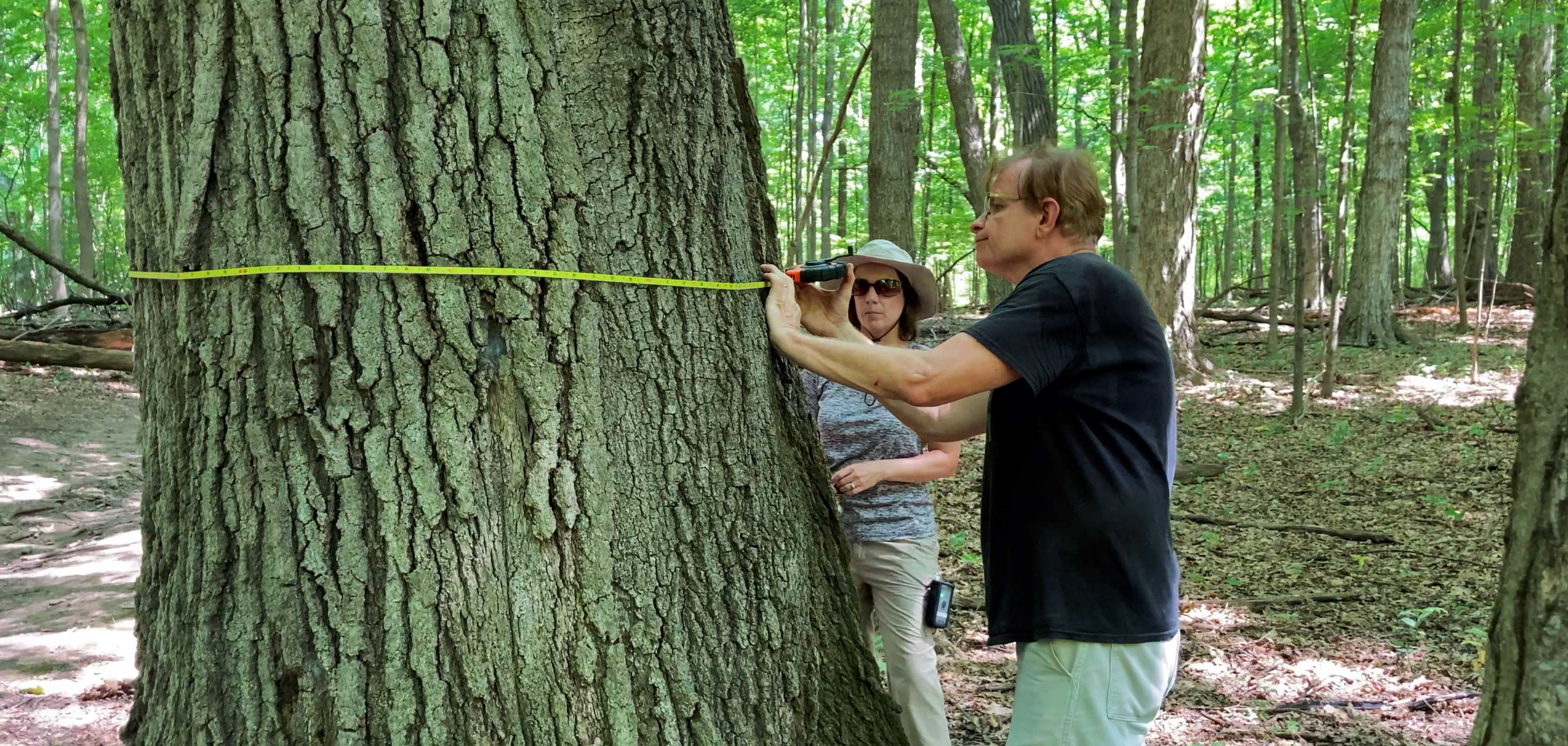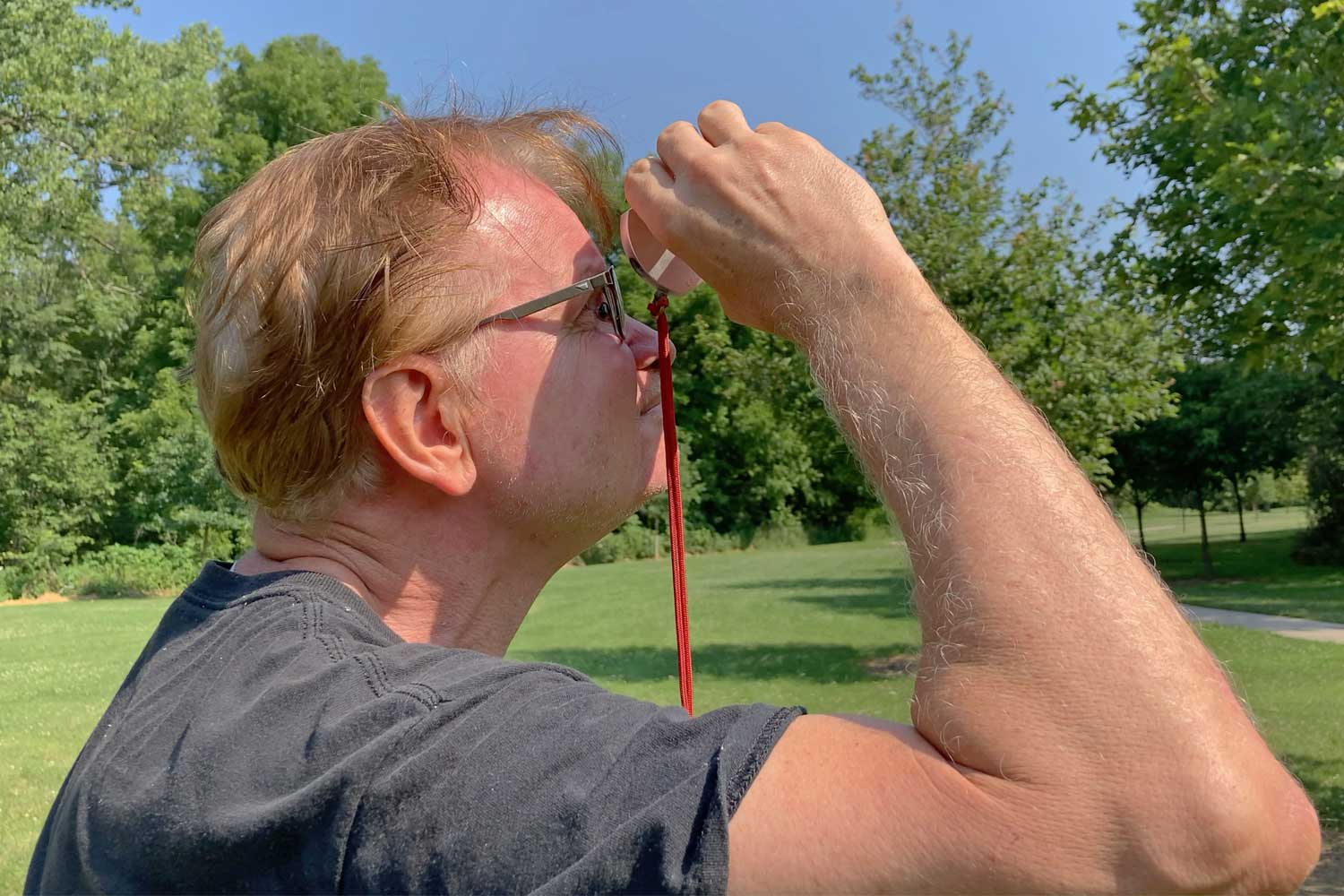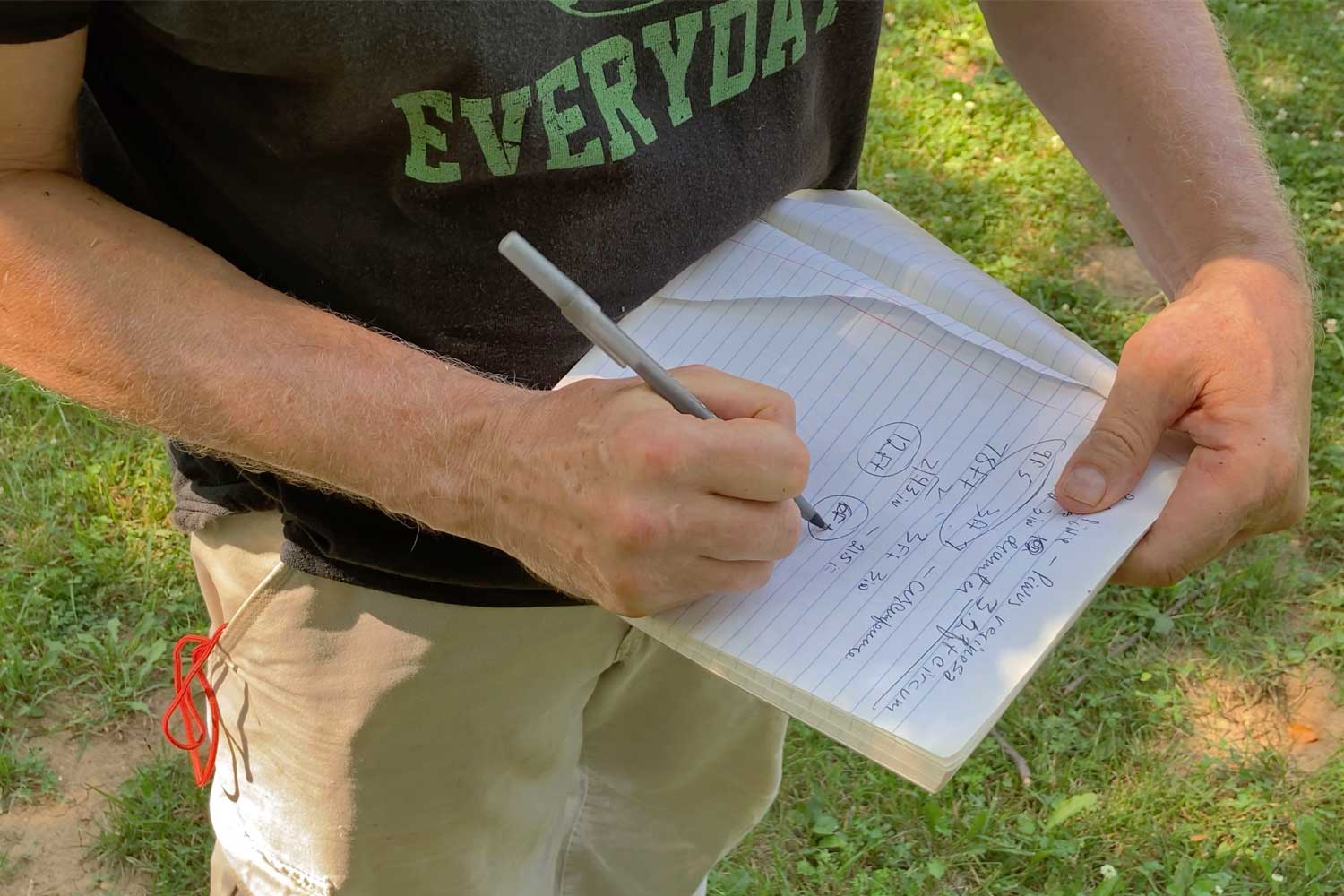Messenger Woods trees named Big Tree Champions

Of all the trees standing in Will County, two specimens reign supreme.
A jack pine and a black maple in Messenger Woods Nature Preserve in Homer Glen were both added to the Illinois Big Tree Champions list earlier this year. They are the biggest known specimens of those two tree species in the state. More information on the trees and all the other champion trees in Illinois can be found on an interactive digital map created by the University of Illinois Extension.
Christopher Evans, a University of Illinois Extension forestry and research specialist in the Department of Natural Resources and Environmental Sciences, said Will County’s champion tree species are more likely to grow in the northern part of the state.
“Jack pine is a fairly rare species in Illinois that is more common further north,” he said. “Black maple is also a northern species whose ranges dip into northern Illinois. It, along with sugar maple, are the classic hard maple species that are used for maple syrup production and are valuable for timber.”
In the past, the big tree list was a paper document that was not as easy to update, but that has changed, Evans said.
“We have it set up now as a website instead of a document so it can be constantly updated anytime a new tree is nominated,” he explained. “We recently went through a big review of the list and remeasured most of the current state champions on the list just to make sure everything was up to date. We have also had a lot of interest from the public in the program lately, so I’ve been getting a lot of new nominations.”
The most popular species nominated are the ones that are easy to identify and get big, Evans said.
“So, we get a lot of white oaks nominated, though they generally do not score high enough to dethrone the current state champion (of that species),” he said. “Bur oaks, sweetgum, and tulip poplar are also common species to be nominated.”
The list is a way to acknowledge the state’s biggest trees and generate interest in its forests, Evans said.
“It brings notoriety to the native trees of Illinois and the forested ecosystems,” he explained. “Big trees are just so fascinating, and they draw people’s attention that it is a great way to start to learn more about trees.”
According to the Extension Service, "The Illinois Big Tree Register was established in 1962 as a citizen outreach program in order to discover, record, recognize, and appreciate the largest native tree species here in the Prairie State."
Will County has had trees on the list in the past.
“Will County was on the list with a box elder from Elwood in 1986 and a downy hawthorn from Frankfort in 1995, but both trees were replaced by larger specimens in other counties,” Evans said.
Trees come off the list when they are damaged or die also. That’s why Evans said the university is planning to remeasure all the champions every 10 years to make sure the trees’ scores haven’t been reduced.
“If a state champion tree dies, we will remove it from the list and then the largest contender that we have on file will be the new state champion or, if there are no contenders, that species will be vacant on the list until a new champion is nominated,” he said.
Celebrating trees is more important than ever, Evans added, especially with the climate heating up and global warming becoming more of a reality.
“Trees, and forested ecosystems, are very good at sequestering carbon and mitigating heat island effects in cities so they are a vital part of the efforts to deal with climate change,” he said. “In addition, most of Illinois’ biodiversity, including plants and animal species, utilize our forests, so we know climate change is stressing our native species and that will only increase. Healthy forests with a diverse array of native tree species are important to maintain adequate habitat for our native flora and fauna so they can better adapt to the changing climate.”
Messenger Woods is the Forest Preserve District’s oldest forest preserve dating back to 1930, just a few years after the District was formed by referendum in 1926. The preserve's trees have been protected for almost a century, untouched other than by occasional prescribed burning to keep the understory in check.
The Will County trees were nominated by David Shepard. Shepard, an environmental science teacher, is a tree aficionado and a fan of Messenger Woods Nature Preserve.
Almost 40 years ago, Shepard successfully nominated five trees to the list, but the state cleared its Big Tree list in 2013. Shepard nominated new trees to the list in July 2020.
In addition to the jack pine and the black maple, Shepard also nominated a red oak and a red pine at Messenger Woods. Those two trees didn’t make the list, but Shepard plans to do some re-measuring this year.
The formula for determining the tree’s score is as follows: circumference (inches) + total height (feet) + ¼ average crown spread (feet) = total score. Only tree species native to Illinois are eligible. Messenger Woods’ jack pine scored 152 points and the black maple scored 241 points. The state's largest overall tree is an eastern cottonwood in Ogle County. The tree's score is 491 points.
The University of Illinois Extension has online information on how to measure and nominate a tree and also a nomination form.






